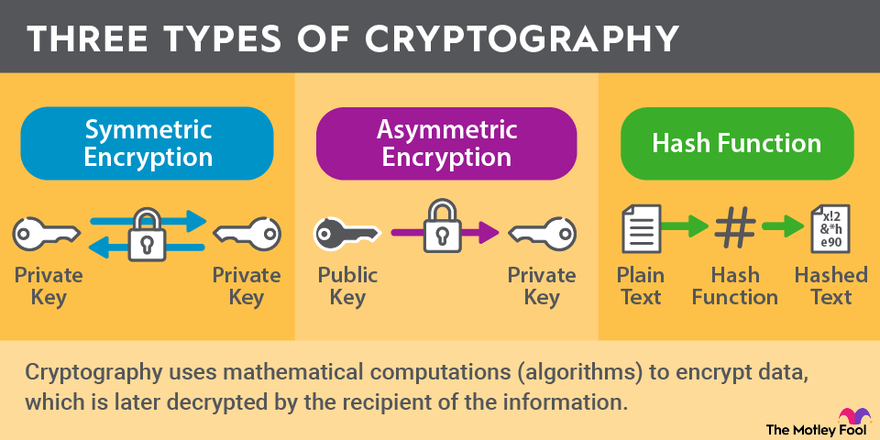In the intricate tapestry of existence, the world of cryptography often appears to be an esoteric realm, one that predominantly flourishes within the digital confines of technology and data. However, a deeper exploration reveals intriguing parallels between cryptographic techniques and the natural phenomena seen in beehives. Both cryptography and the behavior of bees embody remarkable systems of communication, security, and organization, propelling a noteworthy discourse about their similarities. This examination not only evokes curiosity but invites a profound re-evaluation of how we perceive complexity in both nature and human innovation.
At first glance, the comparison between cryptography and bee behavior may seem fanciful, yet a closer inspection yields compelling evidence of similar principles at play. Cryptography hinges upon the creation of secure messages, employing algorithms that obscure information from unauthorised access. Conversely, bees, through their structured colonies, utilize multifaceted communication pathways to convey critical information about foraging grounds, hive threats, and reproductive cycles. Both systems demonstrate an evolutionary enhancement of social structures aimed at survival and efficiency.
Let us delve into the inner workings of a beehive. At its core, a colony is an epitome of sophisticated organization. Bees employ a variety of signals, notably the renowned “waggle dance,” to transmit precise details about nectar sources. This dance serves not merely as a whimsical display but as a complex cipher, encoding information about distance, direction, and the quality of floral resources. Just as cryptographers create intricate algorithms that encode sensitive data into unintelligible formats, bees encode informational tidbits into movements interpreted by their counterparts within the hive.
Moreover, the architecture of beehives themselves resembles the encrypted databases revered in the digital age. Hexagonal wax cells, built with impeccable precision, house honey and bee larvae—serving as both a repository of resources and security measures. These cells symbolize a sense of protection over their content; only those authorised—worker bees—are permitted access. This concept mirrors encryption keys that grant specific access to data, ensuring that security measures are upheld, and information remains confidential. The shared aspiration for security—a pillar for both bees and cryptographers—highlights their evolutionarily advantageous design.
The methodology of communication further amplifies the comparison. Cryptography employs various methods of key exchange, ensuring that the intended recipients possess the ability to decode sensitive messages. In a beehive, the exchange of information is equally reliant on a collaborative system, with the queen bee overseeing and directing behavior while worker bees disseminate relevant updates about the hive’s status. Here, we see communication not as a mere transfer of data but as an interaction foundational to the survival and longevity of both entities. The queen’s role can be likened to a master key in encryption schemes, facilitating the communication necessary for both efficiency and continuity.
In examining these parallels, it is vital to consider the evolutionary trajectory that has shaped both cryptography and the social behaviors of bees. From a historical perspective, cryptography has evolved drastically from early manual ciphers to complex computer algorithms utilizing neural networks. Similarly, the evolution of bee societies reflects a remarkable adaptation, coding their survival strategies over millions of years into their highly organized social structure. Both illustrate how necessity propels innovation, whether in the digital arena or natural habitats.
Furthermore, as cyber threats loom larger in our interconnected world, understanding nature’s solutions can inspire radical shifts in cybersecurity approaches. Organic systems like those in beehives exhibit resilience through redundancy and decentralisation. Just as bees may swarm to protect the hive, cryptographic systems can incorporate techniques such as distributed ledgers to safeguard information integrity against breaches. The notion of decentralization offers an intriguing alternative fueled by nature’s wisdom, emphasizing the importance of diversifying approaches to maintain security systems effectively.
This captivating correlation between cryptography and beehive behavior fosters a shift in perception. Rather than viewing cryptography through a purely abstract lens, we can appreciate its grounded roots in life sciences, elucidating the inherent connections between human innovation and the animal kingdom. The ability to communicate securely, whether through messages or intricate dances, remains a fundamental pillar crucial for community and system longevity.
Additionally, the implications extend beyond theoretical discourse. An understanding of nature-inspired strategies could lead to advancements that incorporate biological principles into digital frameworks. For instance, researchers may draw on resource allocation methods exemplified in bee colonies to enhance distributed computing tasks. Similarly, employing bio-inspired algorithms, such as swarm intelligence, could pave the way for more robust encryption techniques—capable of evolving alongside emerging threats.
In conclusion, the commonalities between cryptography and beehives exemplify a rich interconnection sweeping across domains usually perceived as disparate. By examining these relationships, we invite a deeper appreciation for the complexities of life and the myriad ways systems evolve to safeguard essential interests. The enduring quest for security—whether for digital data or community survival—will continue to propel innovation, bridging knowledge from the natural world to human endeavors. With this lens, we redefine not just how we approach cryptography but how we regard and respect the intricate systems of communication pervasive throughout the ecosystem.









Leave a Comment